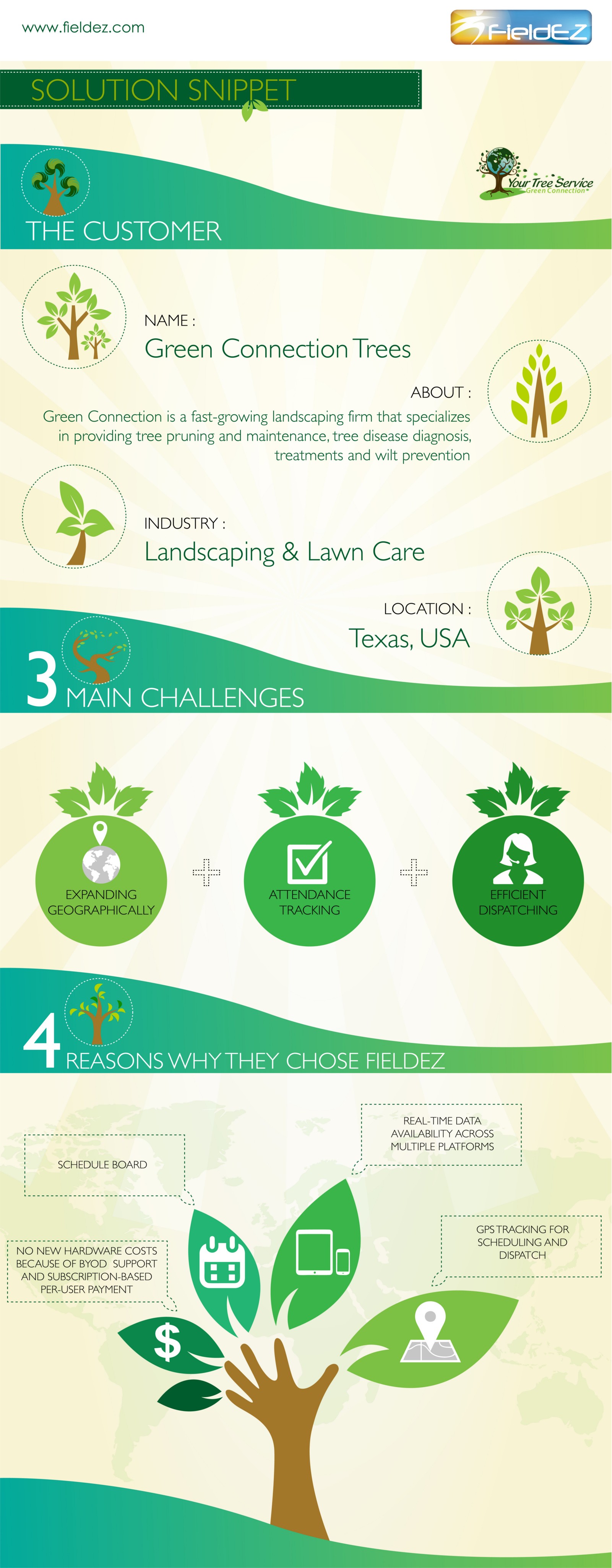Indications It's Time To Get Rid Of A Tree - A House Owner'S Guide
Indications It's Time To Get Rid Of A Tree - A House Owner'S Guide
Blog Article
Authored By-Rollins Noer
Trees add elegance and worth to home, yet they can also position a risk throughout severe weather condition events. If a tree has actually stopped expanding, is displaying noticeable fungal development, or has a leaning trunk, it should be gotten rid of by an expert to stay clear of property damages and injury.
For more information, participate in a home owner resource fair co-hosted by HPD, the Facility for NYC Neighborhoods, and Brooklyn-based real estate companions this night in Bedford-Stuyvesant. The event will include the Homeowner Manual, a brand-new overview to help home owners navigate the obligations of having a home.
1. Dead or Perishing Branches
Trees are an integral part of your home's landscape, providing color and charm. They additionally give shelter for wild animals and create oxygen, however even healthy and balanced trees can experience illness that may demand their elimination. Dead or passing away trees aren't simply unsightly, they can be unsafe. Their branches might fall throughout a tornado, bring about pricey residential or commercial property damage and injuries.
When a tree's branches start to die, it implies that its framework is starting to break down. If most of its branches are dead, it is likely time to remove it.
Seek an absence of new development, bark peeling, open injuries or dental caries, fungis expanding on the trunk or roots and a basic appearance of decay in the whole canopy. These signs of infection can indicate a significant problem that will require specialist tree solutions to settle.
2. Leaning Trunk
While it's typical for trees to lean once in a while because of phototropism, if a tree has a dangerous or serious lean that's not as a result of natural processes - it could be a sign that the tree requires to be eliminated. If the tree is favoring a high-voltage line, home, lorry, play framework or any other area that could be dangerous to individuals if it drops, then getting in touch with an expert tree solution for removal must be a top concern.
It's additionally important to watch for any sudden changes in a tree's leaning as it can suggest damage to the origins or trunk that might cause dropping. This is specifically true throughout stormy weather, since high winds and rain-soaked dirt can create a lean to transform swiftly. Normal surveillance, especially throughout and after storms can aid home owners identify possible issues with their trees so they can call an arborist for a detailed examination.
3. Pest Infestation
Some pest invasions, such as wood-boring pests like emerald ash borer or sap-suckers like scale insects, are so severe that they can create a tree to pass away. The most effective method to prevent pest problem is to monitor your trees on a regular basis. Look for areas, holes, or discolorations in the fallen leaves and bark. Check out the trunk for splits and indicators of insect damage, such as passages or tracks.
If a tree becomes also plagued with bugs, or is close to a home or power lines, an arborist might advise removal. If a leaning tree establishes a brand-new, unpredictable lean, an arborist will likely suggest removal as well to make certain the safety and security of individuals and building. If at maintenance damaged or dead tree consistently drops excessive branches, it is an indication that it is time to get rid of the tree. If a tree remains to shed branches for a prolonged amount of time, it might lead to architectural troubles and prospective residential or commercial property damage.
4. Harmed Trunk
Trees are an attractive and fundamental part of our landscape, but they do require normal care to keep them healthy and balanced and safe. If a tree is harmed irreparable it is most likely time for it to come down.
Try to find indicators of damages to the trunk, consisting of vertical fractures, joints, dead branch stubs, noticeable injuries or open dental caries and serious tree-rot. The existence of fungi at the base of the trunk is an additional alerting indicator. Fungis may indicate that the phloem and xylem (life-support tissues) are compromised, allowing for the spread of illness or a future failing.
Likewise, take into consideration whether the tree has stopped expanding. go here and balanced trees will certainly have new development every year, which may show up as buds or branches sprouting and prolonging. If you do not see any kind of brand-new development, it's a good concept to have an arborist review the tree and follow their suggestion for elimination. A dying or harmed tree can drop and create residential property damage.